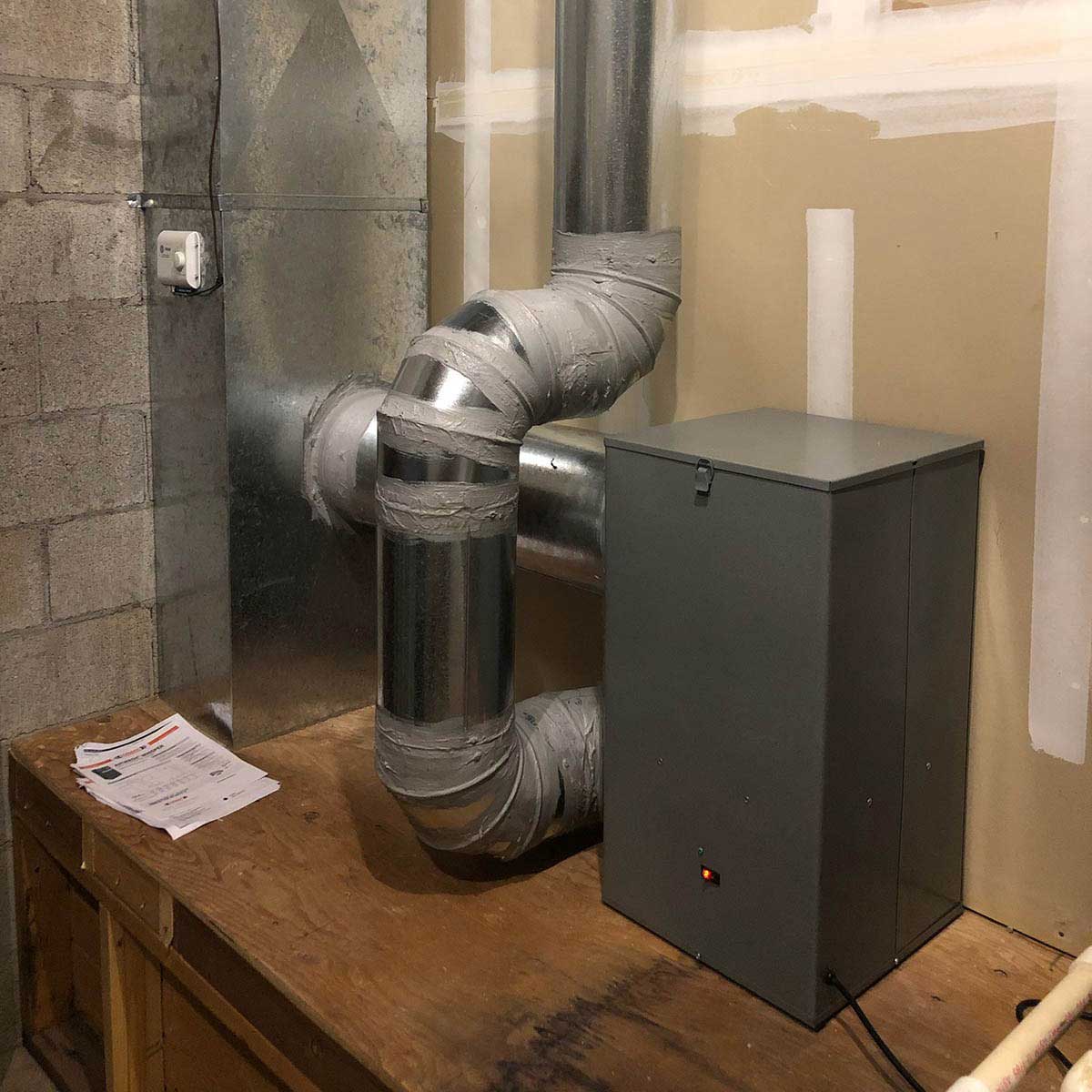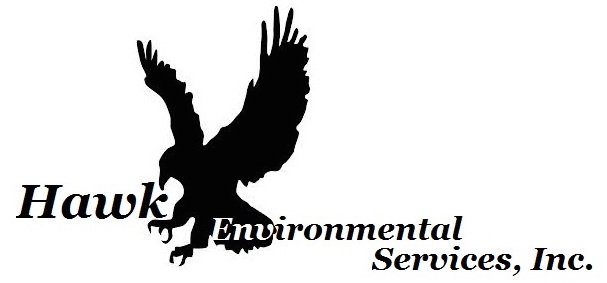How has Hawk Environmental been involved with the pandemic?
Hawk Environmental has been involved with efforts to prevent the spread of the Coronavirus (SARS-CoV-2) that causes COVID-19 since the beginning of the pandemic. Our first efforts included supplying HEPA air filtration to Hospitals, Skilled Nursing Centers, and other medical facilities across the United States. We have also supplied surface testing kits, temperature scanning devices, and have been quoted in the The Smithsonian Magazine. Now that the country is beginning to reopen businesses, we are getting calls from various industries to determine how we can help.
Why are dental offices a concern for Coronavirus transmission?
As we know, the SARS-CoV-2 virus spreads easily from an infected person to an unaffected person through airborne droplets of respiratory secretions and saliva. These droplets may be microscopic and can float on the air for many feet, only to be inhaled or to land on epithelial cells that can allow the virus to reproduce. This infection and reproduction of the novel coronavirus is what causes the COVID-19 disease. Now that we understand how the virus is most frequently transmitted, we can see how the act of cleaning teeth, performing dental procedures, or carrying out orthodontic procedures can create a significant vector for disease transmission. Drilling, spraying, grinding, suction, and even breathing may cause virus-containing particles to be aerosolized and spread around the office.
How can dental offices protect against the spread of Coronavirus?
The first steps that any of us can take to fight the pandemic is to actively perform social distancing, wear a mask, and wash our hands frequently. But, during a dental procedure the patient cannot wear a mask, and the doctor must be closer than 6 feet. For these reasons, additional preventative actions must be taken in a dentist’s office. While sanitation and disinfection has been a regular practices for all dental facilities additional measures that will actual remove virus containing particles from the air are becoming standard. Not all air purification devices will actually perform this task and it’s important to understand which air filtration technology is most effective. Some of the air purifiers on the market actually do more harm than good, and it’s important to know the truth about electronic air purifiers.
HEPA Filtration as a front-line defense for Coronavirus
HEPA filtration is certainly the most effective way to remove virus-containing droplets from the air, but there are 3 main ways that this can be achieved.
- Ambient Air Filtration – This method relies on placing a large enough HEPA air filtration unit in the lobby, common areas, and even treatment or exam rooms. Air is simply sucked into the HEPA filter and comes out the other side clean and free of respiratory droplets that may cause infection. These units are quick and easy to set up and can clearly be seen by patients and employees (thus reassuring them), but may take up valuable floor space

- HEPA and Negative Pressure — Using a HEPA filter that can have the clean air ducted outside or to another area of the building can create negative pressure. This style of filtration can not only clean the air, but also creates a pressure bias that can prevent any errant particles that may not immediately be sucked into the filter from passing outside of the exam room. These units are available in a variety of sizes, and can generally be setup in an afternoon by anyone with basic mechanical skills.

- Whole Office Filtration — Replacing your current furnace or HVAC filters with HEPA-rated pads is usually not achievable. Due to the tight-weave of a HEPA filter, there is typically not enough suction in a typical HVAC system to allow for proper airflow. To get around this issue, there are HEPA filtration units that contain their own powered motor. These units are installed in a “by-pass” loop that allows for true HEPA removal of droplets without putting any additional strain on the HVAC system or decreasing it’s performance. This is the most comprehensive option for air filtration in a dental office, but generally would require some installation assistance from an HVAC or mechanical contractor.

- Spot Filtration – The final way to limited the spread of COVID-19 is to attempt to capture all of the droplets right at the source (the patient’s mouth). This essentially involves the use of a HEPA filter connected to an articulating arm. In general, these units are not sufficiently powered and cannot be placed close enough to the patient to be fully effective. Droplets that do not immediately get sucked into the unit are unlikely to ever be filtered and may transfer to other areas of the office or linger to potentially infect the next patient.
Comments are closed.
